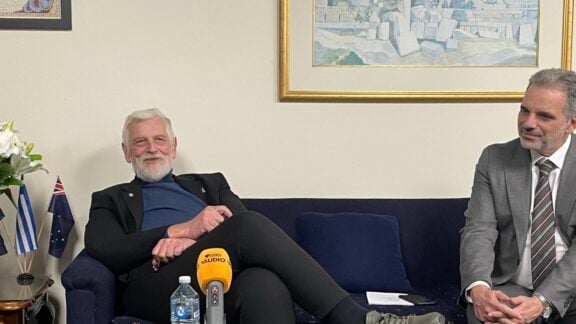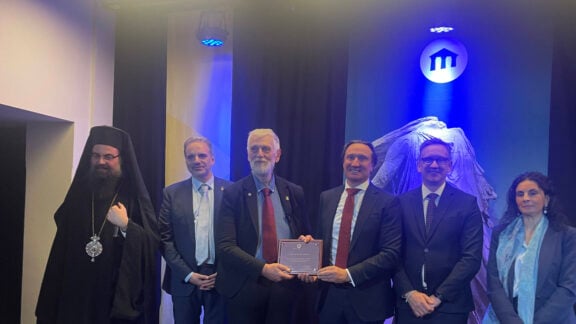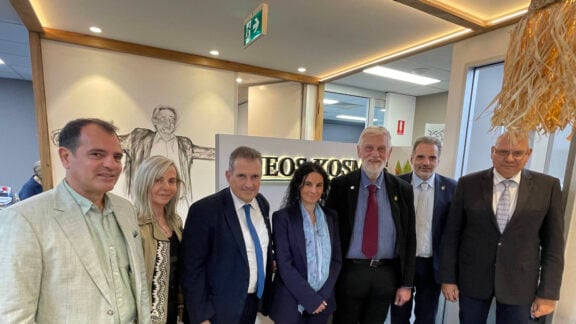In a recent survey conducted by Immigration assistance and advice platform Immigration to Australia, it was revealed that a majority of Australians want the country to continue or even increase its immigration numbers, with the younger generations, Gen-Z and Millennials, at the forefront of this demand. The survey, which included responses from 1002 Australians, sheds light on the country’s perception of immigration and its impact on the nation’s workforce and economy.
The survey found that an overwhelming 80 per cent of respondents want Australia to expand its immigration numbers from the previous year. This comes in the wake of a net loss of 88,800 people in the national population during 2020-21 due to the impact of the pandemic. In May 2023, the Australian Government announced a permanent migration program of 190,000 places for 2023/24, but it also revealed a reduction of 5,300 places for skilled migrants. However, this move did not deter the public’s belief in the importance of immigration for the country’s prosperity.
Younger generations showed a strong desire to increase the immigration quota, with 50 per cent of Gen-Z and Millennials expressing the belief that Australia is not accepting a sufficient number of international migrants.
In contrast, the older generations polled much lower, with only 31 per cent of individuals aged 35-54 and 30 per cent of those over 55 advocating for an increase in migrant intake.
Alon Rajic, Founder and Managing Director of Immigration to Australia, said: “The willingness of younger generations to view immigration as a solution for labour market needs signifies their understanding of the beneficial impact skilled migrants can bring to the economy. Being highly connected to the online world, younger demographics may have a more global perspective, leading them to support a more inclusive approach to immigration.”
The survey also highlighted the demand for highly skilled workers from overseas, with a staggering 71 per cent of Australians stating that the country is in need of such talent. In response to the shortage, three-quarters of respondents believed that the intake of skilled migrants should be higher, particularly focusing on attracting professionals in fields such as medicine and engineering.
The Australian Medical Association (AMA) has been vocal about the anticipated shortfall of 10,400 medical professionals within the next nine years. The call to attract more international doctors and engineers is seen as crucial to addressing this issue.
The survey found regional disparities in the demand for skilled workers. Australians in South Australia, Queensland, and Western Australia expressed the need for migrants to fill roles that are typically harder to find local candidates for, particularly in the mining, fruit picking, and food preparation industries.
Alon Rajic said it was important of recognise regional demands for skilled workers.
“While the government has reduced its quota for skilled migrants over the next year, it is important to recognize the regional demand for skilled workers, that has also been highlighted in our research. South Australia, Queensland, and Western Australia, in particular, are seeking skilled workers, especially in industries like mining, where recruitment challenges persist.”
As the country grapples with workforce gaps and a changing demographic landscape, the survey results add to the national conversation about the significance of immigration in Australia’s economic growth and development.
For a breakdown of the survey results, including age and state data, interested individuals can visit this link.









